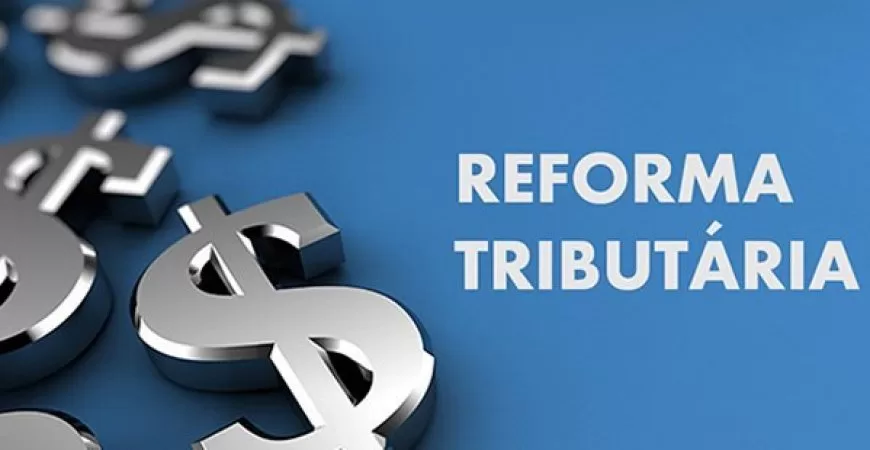Tecnologia para a Reforma Tributária: como se preparar para as mudanças?
Investir em tecnologia para se adequar à nova Reforma Tributária do Brasil é um divisor de águas quando o assunto é garantir um período de transição livre de complexidades desnecessárias.
Criação do imposto sobre valor agregado (IVA), redução de impostos sobre consumo e simplificação da legislação: são esses alguns dos principais pontos da nova Reforma Tributária que, após mais de 30 anos de espera, torna-se pauta no Brasil.
A proposta ainda não foi aprovada em definitivo pelo Congresso Nacional. Mesmo assim, a expectativa é que, durante o período de transição, as empresas tenham de lidar com a legislação atual e com a nova regra, adaptando toda a dinâmica de sua gestão tributária e fiscal para se adequarem ao novo momento do país.
Essa tarefa pode ser um tanto quanto desafiadora, sobretudo para empresas que ainda não estejam debruçadas sobre tecnologias capazes de mapear e automatizar de forma inteligente uma série de aspectos fiscais que compõem as novas mudanças.
Isso porque a trama fiscal brasileira é uma das mais complexas de todo o mundo, marcada pelo excesso de alíquotas e regimes especiais, além de uma ampla gama de legislações tributárias municipais e estaduais, sempre em constante mudança. Isso sem mencionar todos os esforços para cumprimento das chamadas obrigações acessórias…
Mas como a tecnologia auxilia a gestão fiscal na prática?
Ferramentas de gerenciamento e compliance fiscal, quando plenamente integradas a todas as operações de uma empresa, garantem uma gestão muito mais eficiente, segura e menos custosa, uma vez que reduzem (e muito) a incidência de multas e outras punições por não conformidade.
Agregar tecnologia para a nova Reforma Tributária garante um olhar holístico, tanto interno quanto externo à empresa, de tal modo que as modificações sejam incorporadas aos negócios de maneira muito mais simples e automatizada.
Com a digitalização dos processos fiscais, eliminam-se operações manuais (e muitas vezes repetitivas) altamente sujeitas a erros. Ao mesmo tempo, temos a garantia de que nossos sistemas rodem em plena conformidade com as novas atualizações normativas.
Frente a tantas mudanças, é preciso ter como prioridade as revisões e as reconfigurações necessárias nos sistemas de gestão atualmente em uso, de tal forma a garantir a correta apuração dos tributos e o cumprimento de todas as obrigações impostas pela legislação.
Mais do que operacionais, esses ajustem impactam diretamente a estratégia das empresas e, por isso, devem ser conduzidos com muito critério a fim de minimizar qualquer possível efeito negativo ao longo da transição, sem perder de vista o crescimento do core business.
SOLaaS 4/TAX: gestão fiscal simplificada e pronta para mudanças
SOLaaS 4/TAX é a solução ponta a ponta 100% baseada em nuvem da Origen Tech para gestão fiscal e tributária simples e inteligente, disponível para pequenas, médias e grandes empresas com máxima segurança, eficiência e escalabilidade.
Por ser Future Proof, o programa SOLaas 4/TAX está sempre atualizado e em conformidade com as mudanças legislativas de ordem fiscal, garantindo que as empresas possam investir mais tempo e esforços no crescimento de seu core business.
Entre as principais vantagens do programa, destacam-se:
- Plataforma consolidada de atendimento às Exigências Fiscais Federais, Estaduais e Municipais.
- Estrutura única servindo como base para integrações com outras plataformas.
- Contrato único para licenças, infraestrutura, serviços e suporte com um único player.
- Provisionamento personalizado, incluindo instalação, configuração e implantação de acordo com os requisitos comerciais e técnicos do cliente.
- Possibilidade de aquisição do produto como SaaS, sem exigência de CAPEX.
- Equipe única capaz de sustentar, evoluir e atualizar as ferramentas fiscais e SAP.
Quer saber mais?
Preencha o formulário abaixo e entre em contato com nosso time de experts fiscais
Tecnologia para a Reforma Tributária: como se preparar para as mudanças? Read More »



